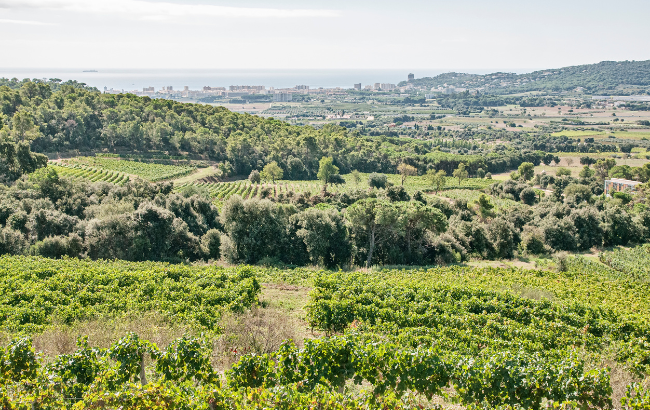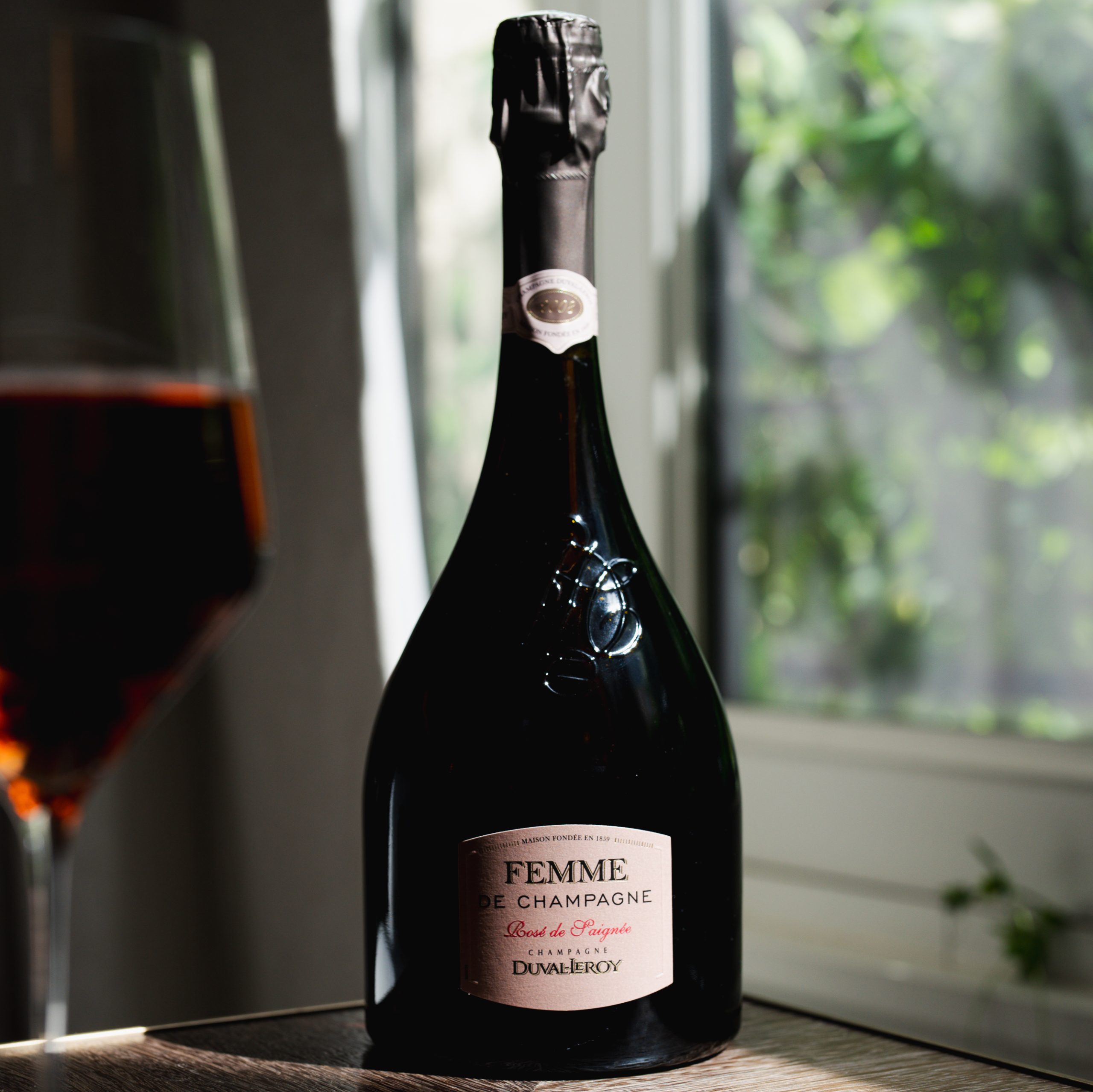This website uses cookies so that we can provide you with the best user experience possible. Cookie information is stored in your browser and performs functions such as recognising you when you return to our website and helping our team to understand which sections of the website you find most interesting and useful.
Cheap Sherry ‘alienating potential consumers’
By Darren SmithThe poor quality of low-priced Sherry is turning potential consumers away from the category, says the export manager of one of Jerez’s most historic wineries.
Bodegas Tradicion marks a revival of the Sherry-making history of the Riveros, one of the oldest Sherry-making families in Jerez (Photo: Bodegas Tradicion)
Eduardo Davis, export area manager for Bodegas Tradición, said that while it was important to attract new customers through cheaper Sherry wines, the standard had to be high enough to ensure they would seek to move up the category.
“It is good to have an entry-level wine where people can first get to know you and can go up the ladder,” he said. “But sometimes the quality is not as good as we would expect, or the way people serve and drink them is not the correct way that people are running away from it.
“In my humble opinion, I think it is quite difficult to produce wines to engage consumers under £6 retail price.”
“Maybe producers in Jerez should start thinking if we want to target the first-price drink consumer or if we should focus on producing better wines that fit wine lovers’ expectations.”
Davis explained how the Sherry industry’s fortunes had fluctuated dramatically since its production crisis in the 19th century, with quality affected badly in the 1930s and a dramatic rise in production in the 1970s leading to a further decline in quality that severely damaged the region’s reputation.
Between 1969 and 1979, total production area of Jerez increased from around 6,500ha to 22,000ha.
“That is slowly going back to a normal stage,” Davis said. “From 10,500ha 10 years ago, now we are approximately 6,700ha. So that’s going to keep a balance between production and demand and average quality should hopefully rise.”
Family history
Bodegas Tradición was established in 1998 by Joaquín Rivero and his daughter Helena, successors of Bodegas JM Rivero CZ, one of the oldest wineries in Jerez.
Bodegas JM Rivero CZ dates back to 1650 and at one time supplied the royal houses of Spain, Portugal and the UK.
The winery was highly successful during the 19th century. In 1855 the property had 3,188 wine casks and a string of world-famous brands.
Partner Content
It was sold in 1991 after the company ran into financial difficulties, but seven years later Joaquín Rivero and his daughter sought to resurrect the family wine business “and the traditional styles and the processes in the making of Jerez wines” through the establishment of Bodegas Tradición.
Bodegas Tradición specialises in long-aged Sherries made exclusively in the Jerez region, using 100% Palomino for its dry styles. Its wines are certified as VOS (+20 years) and VORS (+30 years).
The golden era
Speaking at a tasting co-hosted by Honest Grapes, Davis said it was time that the Sherry region sought to rediscover the “authentic wines” it was famous for in the “golden era” of Sherry, in the late 18th century.
“In last quarter of the 18th century, Juan Haurie [founder of what was to become Domecq] and a big group of traders and bodegueros, such as Rivero, claimed control of the wine industry back from the grape growers, known as the Gremio de la Vinatería, during the famous Extractors’ Action of 1775,” Davis explained. “That concluded with the abolition of Vintners’ Guild some decades after.
“Until that moment, the bodegas could not store wine from previous vintages, meaning all wine was sold, leading to over-production an reduction in quality.
“When we look at the history of Jerez, the last three centuries, there were so many different grapes,” Davis added. “But we lost a lot of those ancient grapes after phylloxera and also because volume became the main goal for many players.
“We have to go back and do the authentic wines that we used to do.
“When Jerez was really famous, even more expensive than Champagne and Bordeaux in London was around 1750, or 1760. This was the golden era of Jerez.”





